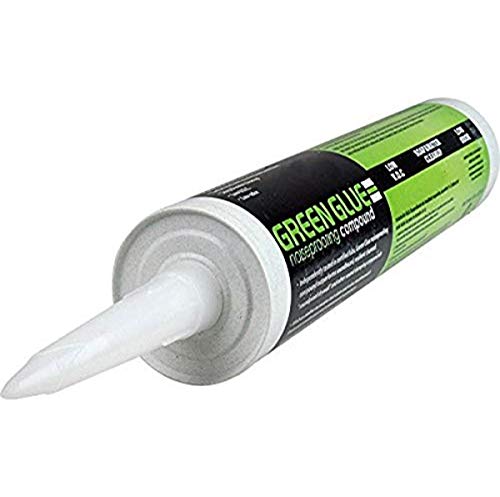Skylights are a great addition to a room.
Unfortunately, they can let in a lot of noise. The noise skylights let in can be a big problem for some people, especially if the skylight is located in their bedroom.
The most common noise that skylights let in is rain noise.
The other thing that contributes to skylights being noisier than what is necessary, is wind noise. The howling and rattling noises made from the wind rushing past the skylight can be very annoying and distracting.
There are adjustments that can be made to your skylight in order to soundproof it and lessen the noise it lets in.
Here are a few ways you can make them more sound resistant:
1. Seal The Frame
The first way to soundproof your skylight is to make sure that its frame is sealed. If there are holes, cracks, or gaps around the frame of your skylight, it is guaranteed to let air and sound in.
If air can get through, it can not only create noise, but it can also let more sound in.
You can seal the holes, gaps, and cracks around the frame of your skylight easily with the use of noise-proofing sealant.
A noise-proofing sealant, such as Green Glue or similar alternatives, can be used to caulk in any gaps or cracks. It is also recommended that you caulk the entire perimeter of the frame of the skylight.
This will ensure that the skylight is sealed properly and is airtight.
By sealing the gaps or cracks with the Green Glue, you will be removing any openings for air or sound to travel through the skylight and into the room.
2. Fit Weather Stripping
Like sealing the frame of your skylight with Green Glue, you can fit weather stripping to your skylight in order to seal the frame and reduce sound traveling through.
Weatherstripping is reasonably priced but can be a pain to install.
You need to ensure you align the weather stripping perfectly along with the frame of your skylight so that it seals well and does not leave any gaps.
If there are gaps along the line of weather stripping, it will still allow air and sound to travel through.
3. Apply Window Soundproofing Film Externally
Applying window soundproofing film on the outside of your skylights is an effective way to reduce the amount of sound that gets through.
Soundproofing window film is made up of two layers with a core layer in between.
The core layer of the film is what acts as a sound insulator and reduces the sound transmission.
These types of window films are very effective in reducing sound transmission. Some are even thought to reduce the sound even when the skylight is open.
They are also thin and typically come with a transparent option, so they will not affect the atmosphere of your room.
4. Fit A Frame Over The Skylight
For best soundproofing results, you may want to consider installing a soundproofing frame over your skylight.
These frames are lightweight and extremely effective.
For this job you will need the following:
- A drill
- A chop saw
- A staple gun
- A length of 1-by-2-inch lumber
- A measuring tape
- A pencil
- Two ⅛ inch ASTM D4802 acrylic sheets
- A carpenter’s square
- Sound dampening film
- Clamps
- 3/32nd-inch drill bit
- Eight 2-inch brass wood screws, ⅛ inch thread, and 5/16th inch head
- Eight ½ inch brass grommets
- A ladder
- A stud finder
- A utility knife
Instructions:
- Firstly, measure the exterior diameter of your skylight and add one and a half inches per side. Double your measurements to determine how much wood you will need. The frame will be made up of two separate frames sandwiching the acrylic sheets between them.
- Use the chop saw to cut the wood to length. You should end up with eight pieces of wood. Using your carpenter’s square, cut the ends of each piece of wood to a 45-degree angle.
- Assemble one set of four pieces of wood on a table with the angled ends together to create your square or rectangular frame. Use your staple gun to attach the pieces. Use two to three staples across each 45-degree seam. Repeat this process to create the second frame.
- Place one frame on the table and lay one sheet of the acrylic plastic on top of it so that it sits flush with the edges of the frame. On top of this, stretch the sheet of polycarbonate sound dampening film so that it sits tightly over the acrylic sheet. Ensure there is no wrinkle on the sheet by stretching it tightly then lay the second sheet of acrylic plastic on top.
- Place the second frame on top of these layers and ensure everything is aligned. Clamp all sides to keep everything in place. Trim away any excess acrylic plastic or film using a thin-bit jigsaw or a utility knife, respectively.
- Measure and mark ⅓ of the distance from each corner of the frame. Using your drill and drill bit, drill right through the frame on your marks. Insert your eight screws through the grommets and screw each one into a hole. Do not screw the screws all the way through the frame, stop just short of the frame’s top.
- Climb the ladder to your skylight and finish drilling the screws in your soundproof frame into the roof. Use the stud finder to confirm that the trusses are where you expect them to be.
5. Insulate The Ceiling Around The Skylight
Another simple solution to noisy skylights is to insulate the ceiling around them.
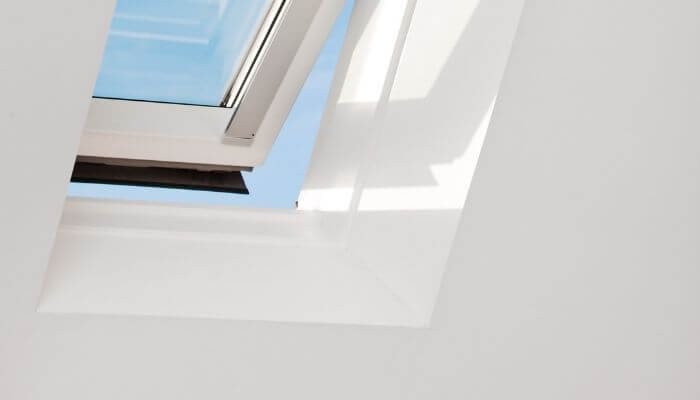
By insulating the ceiling around your skylight, you will be adding an additional layer that will absorb the sound before it has the chance to travel through into the house.
To insulate your ceiling around your skylight, it is best to use fiberglass insulation. This is readily available at most hardware stores and generally quite affordable.
6. Use Window Plugs
Although effective, window plugs are not the most convenient solution.
These large cushion-type fittings muffle the sound by blocking out the entire skylight, somewhat defeating its purpose.
Window plugs are ideal for occasional use, specifically at night when it does not matter if the light is blocked out.
7. Try Soundproof Blinds And/Or Curtains
Fitting soundproof blinds or curtains can help to reduce the sound that travels through, but they are not the most effective option available.
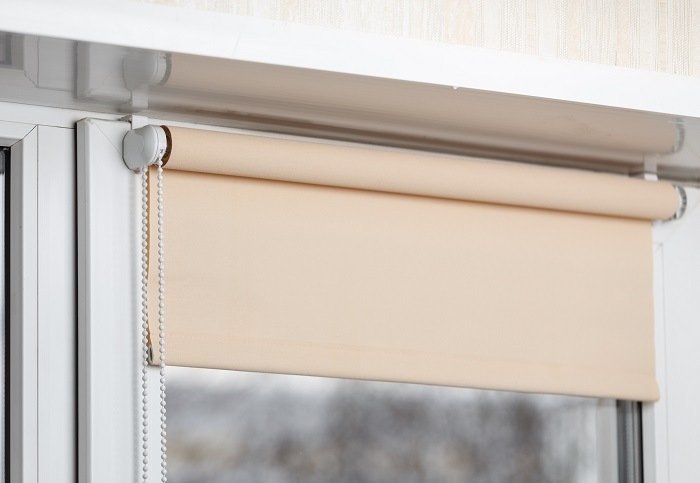
Skylights are typically angled installations which make hanging blinds or curtains slightly more difficult. They are, however, useful in dampening noise slightly.
8. Switch The Skylight For A Purpose Made Acoustically Treated Skylight
The alternative option, of course, is to switch out your skylight for one that is purpose-made and that is acoustically treated.
These skylights can be more of an expense but are worth the money if you struggle with the noise let in.
Why Do Skylights Make So Much Noise?
Skylights that are not fitted properly or have withered slightly with age can be quite noisy. They can let in air as well as noise through the smallest of gaps or cracks.
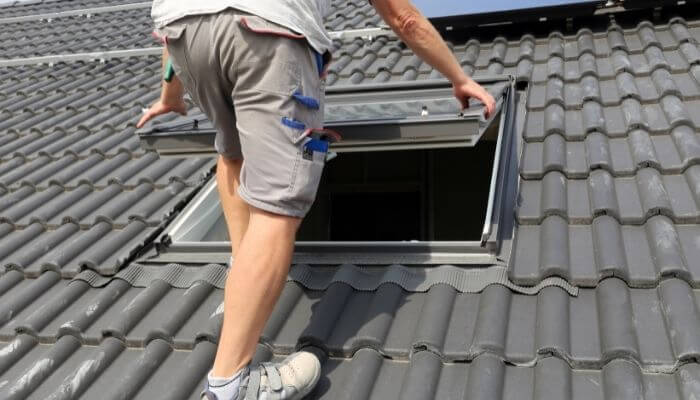
Aside from the beating of heavy rain on the skylight, the sound of wind whistling through small holes or gaps along the frame of the skylight can be very annoying.
Skylight Wind Noise
If your skylight has even the smallest of gaps in the framework this is a space where air, and essentially wind, can get in.
There can become a sort of suction that pulls the air in through the gap or hole around your skylight which will create an annoying whistling or howling sound.
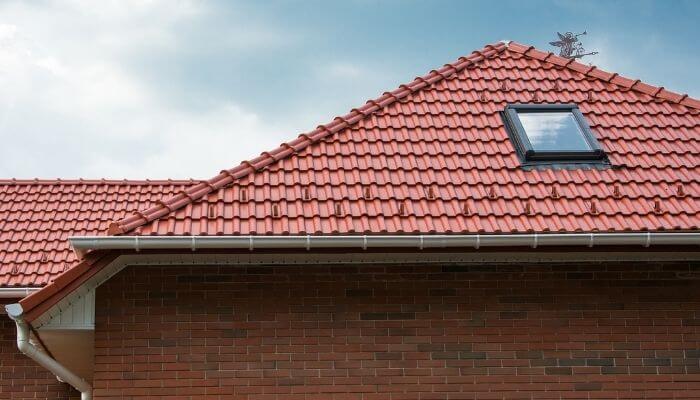
Whether the wind is howling outside or there is a slight breeze, any space around the framework of your skylight will pull it in and create a noisy distraction.
The best way to deal with this kind of noise issue is to seal the perimeter of your skylight using a sealant such as Green Glue.
Applying sealant around your skylight will endure that any gaps or holes will be sealed and no longer draw air in.
How To Stop Rain Noise On Velux Windows
Whilst some people may enjoy the sound of rain beating on their skylight, others may find it hugely distracting.
The best way to stop the sound of rain noise on your Velux window is to install a frame over the outside of it.
A frame, such as the one described above at number four, will create a soundproof barrier between the rain and your skylight thus stopping the rain noise from getting through.

Conclusion
There are many reasons why we may want to soundproof our skylights. Whilst some do not mind the noise that may leak through, others may find it annoying.
Whether it is the incessant howling or whistling of wind that is getting through the skylight or the consistent beating of rain on the glass, there is a solution that will help to reduce the noise.
Some solutions are temporary and not as convenient as the others, such as the window plugs, whilst others are more complex like the building of an exterior frame, nonetheless, they are still effective in reducing the sound that travels through the skylight.
As an Amazon Associate I may earn a small fee from qualifying purchases at no extra cost to you. This helps us run the site, so thanks for your support!
